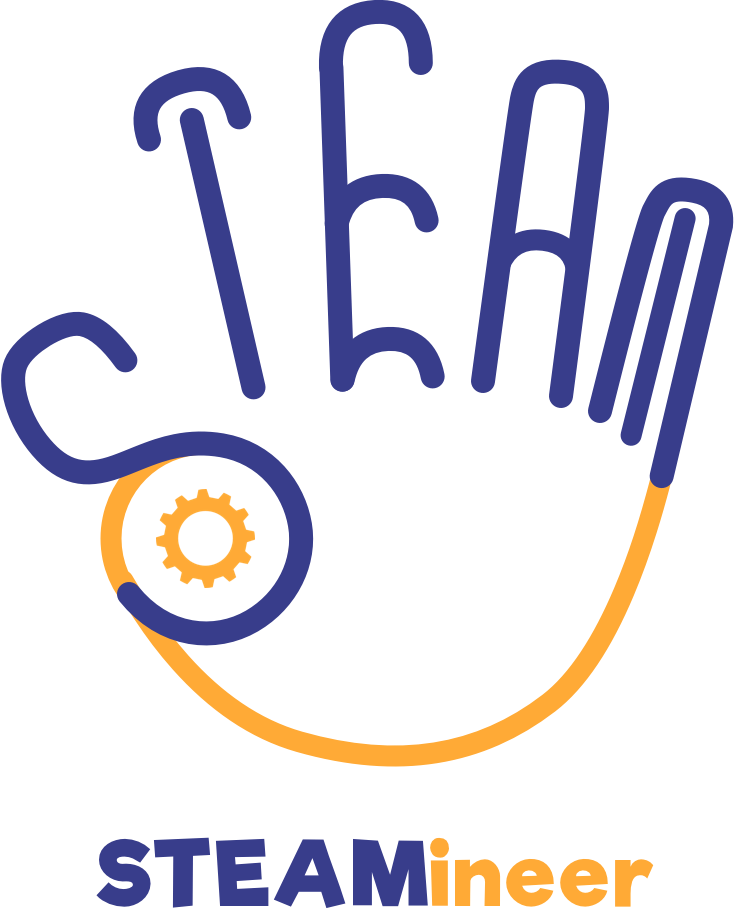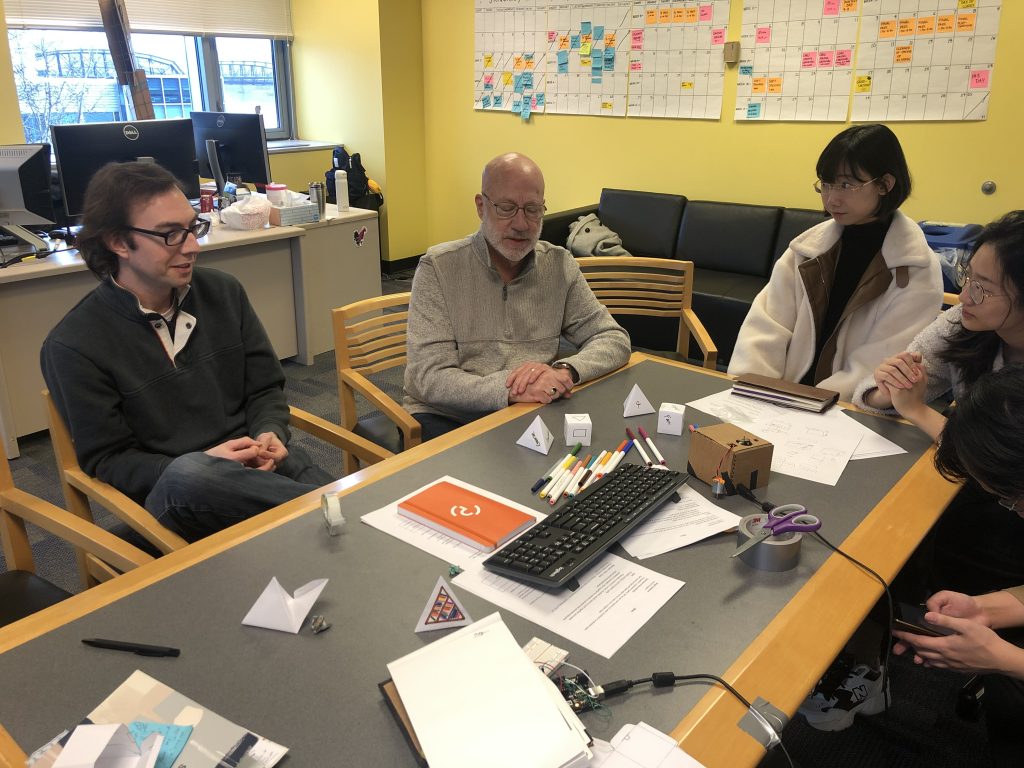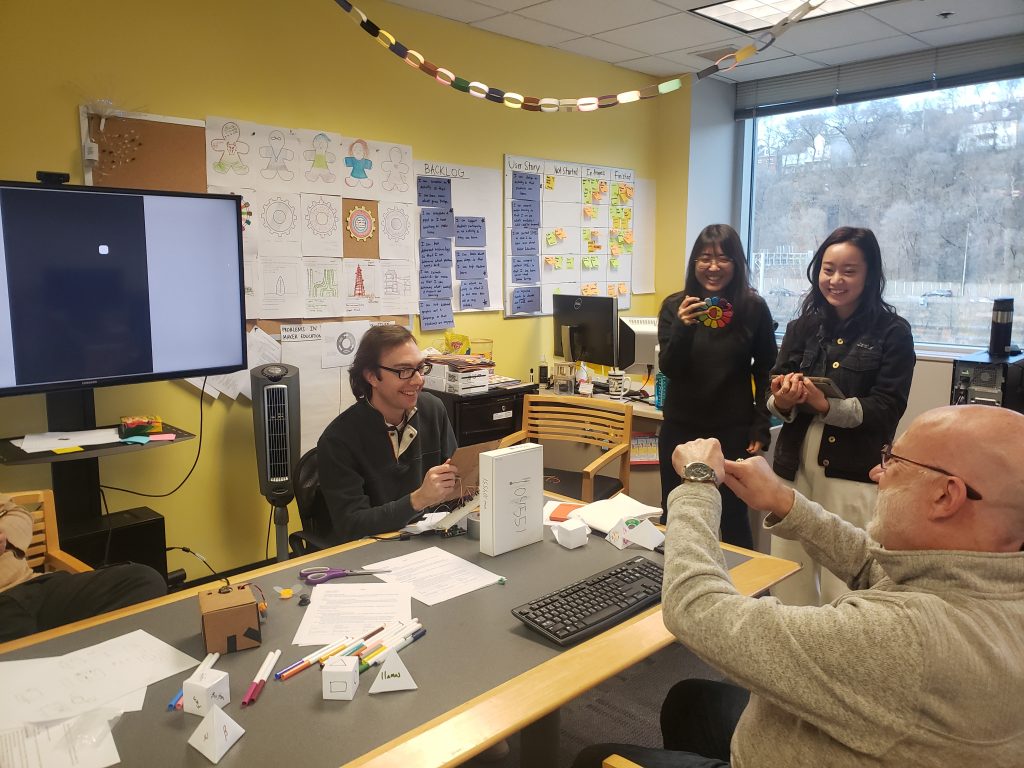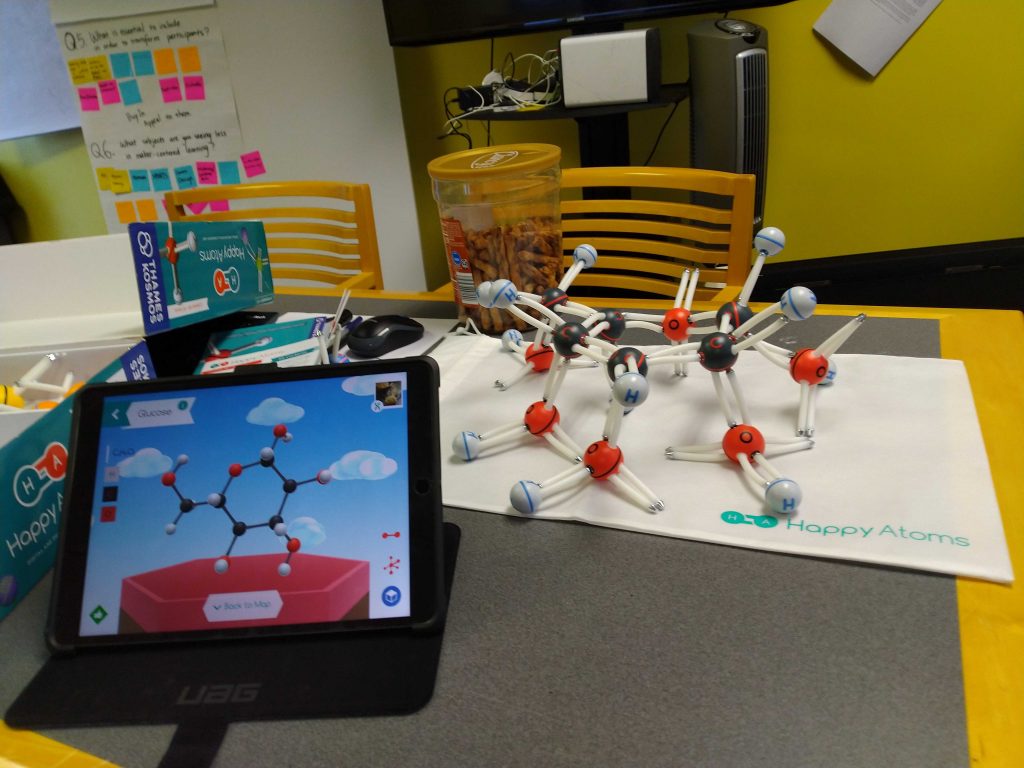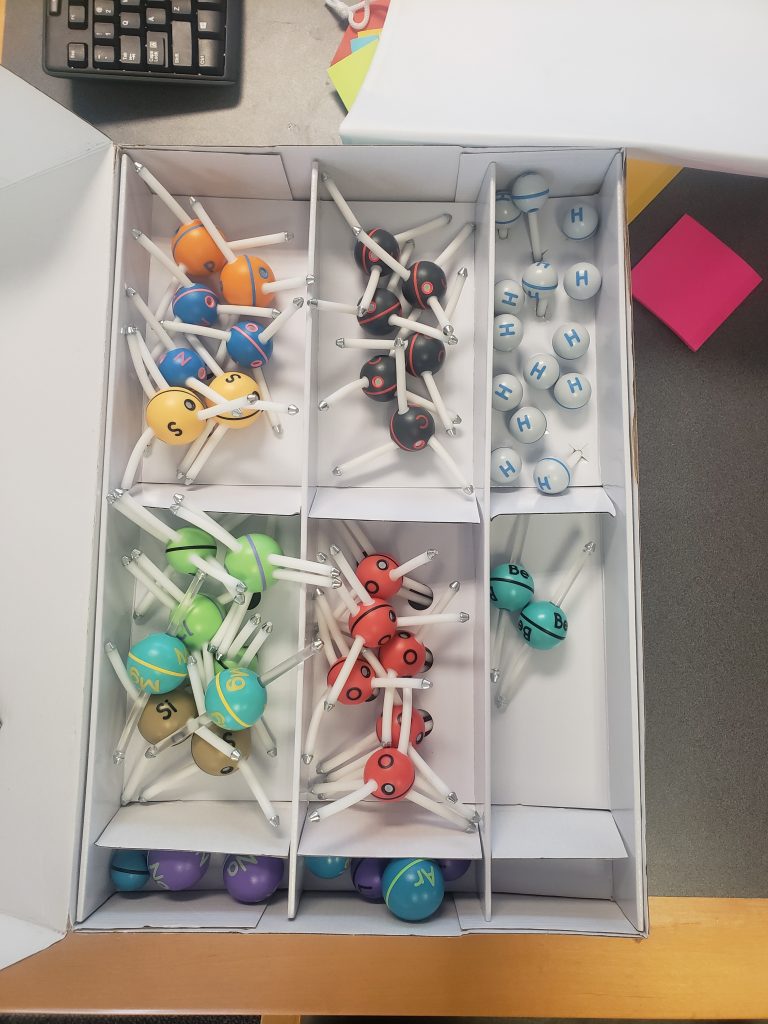Team STEAMineer started out Week 5 sharing our findings from our research at the end of Week 4. We also received our first shipment of Arduinos! On Monday we shared examples of projects we liked with interactions we thought could be successful.
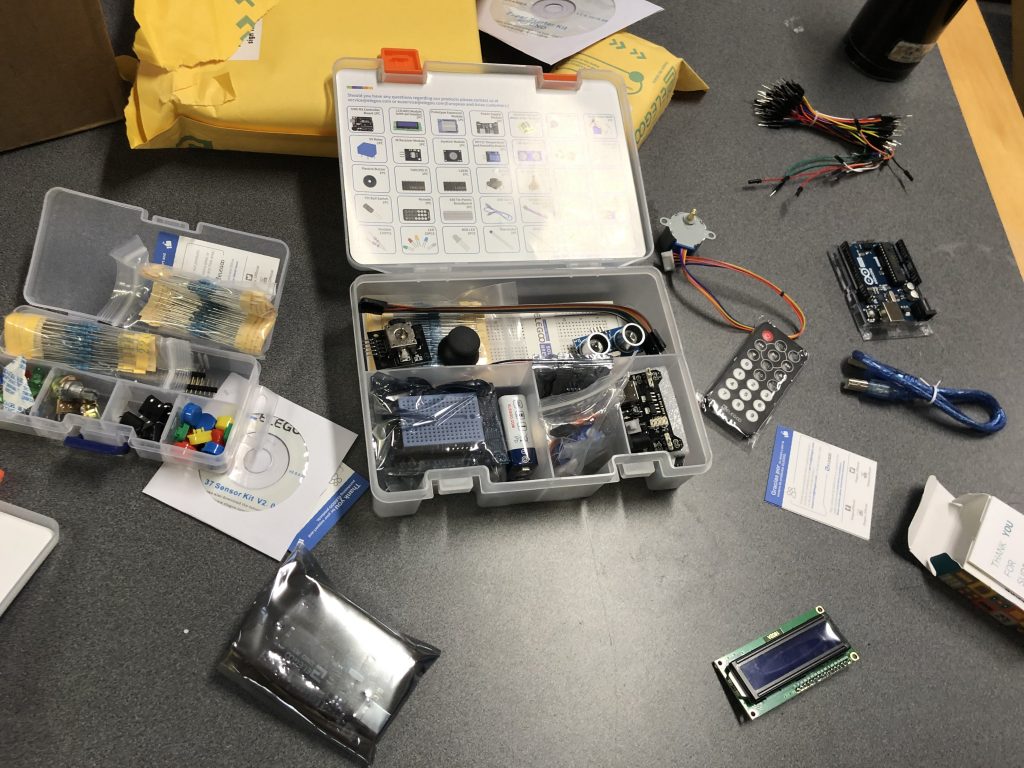
Max shared a digital game with a plant-growth-harvest cycle as the main storyline. Players set up physical sensors connected to a digital display with an Ear of Corn narrating the experience and guiding the guests. Guests interact with the sensors to vary the amounts of water, and sunlight to encourage the most plant growth possible before the end of the harvest season. Players win by growing the most harvest.
Mimi shared an activity where students create a physical building model with Arduino Sensors. The Arduino sensors control different environment effects like Day & Night, the Weather, Electricity, etc… The results of the interactions are displayed on a digital screen so students can see how their impact affects the building
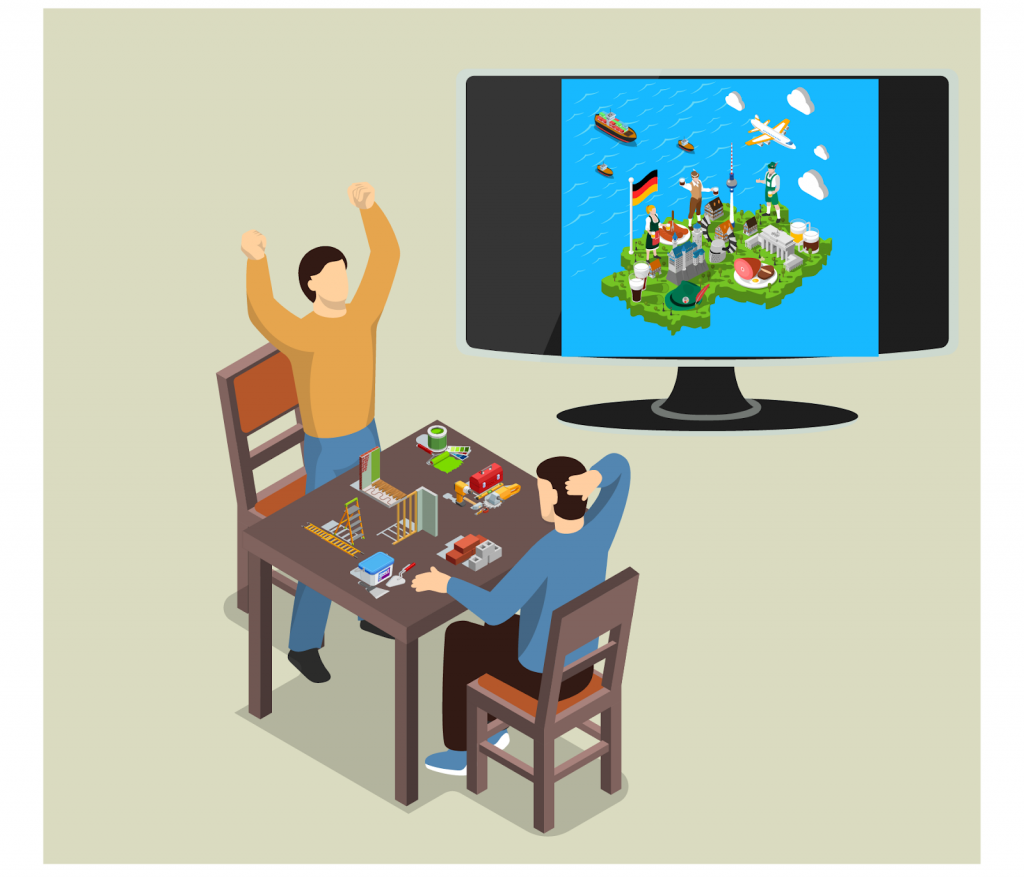
Isabel shared an activity based on a NASA rover curriculum. Students play different roles on a team to design a robot and assign functions to the robot. When the robot is complete, students use a digital screen (preferably a mobile device) to direct the robot on the surface of a planet to achieve a goal. The robot can be modified and players can re-attempt the challenge to see what is more successful.
Mia shared projects from Sketchchair (www.sketchchair.cc) and TONITURE (https://www.contemporist.com/toniture/) that focused on teaching soft skills using furniture building. Sketchchair is an application that allows individuals to design a chair online, test a virtual version of the chair, and export template files that can be used to cut materials in order to assemble a chair. TONITURE is a children’s toy that has abstract pieces made of fiberboard and steel with pre-drilled holes. The panels can be pieced together using bolts allowing for a seemingly infinite combination of elements that children can use to create animals, furniture, toys, etc…
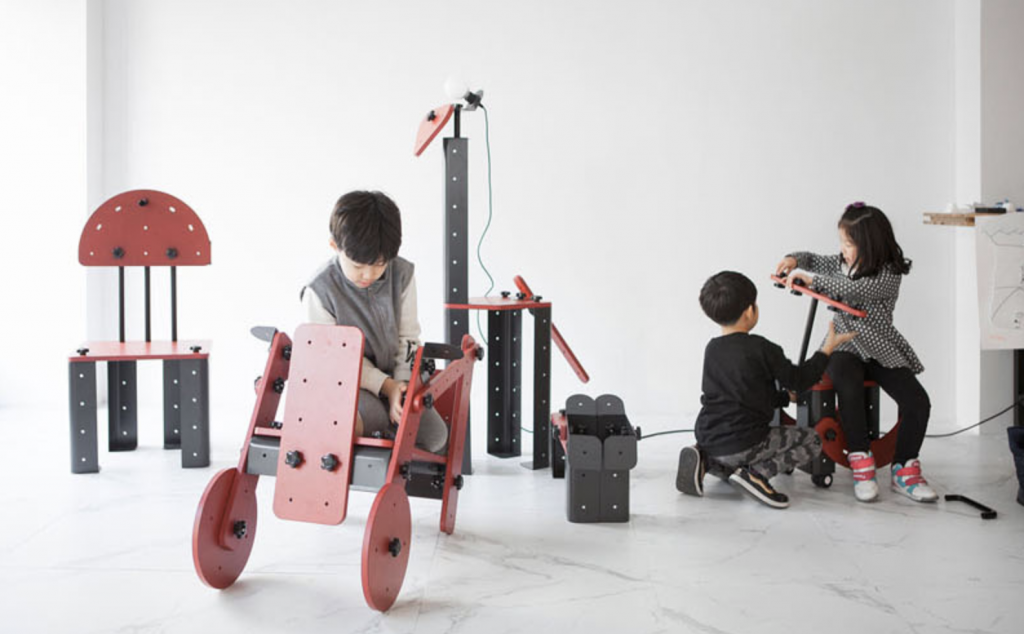
Yifan shared a project focused on power-generation. Players create physical power-generation devices using motors and other electronic components. These power generation devices are used as inputs for a digital maze interaction. Students also get to create the mazes. Students take turns using their powering devices to navigate a maze
Marissa shared a brainstorming blocks concept based on the pre-existing concept of brainstorming and storytelling cards. Students would create paper blocks that could be used to determine constraints for what they would make in the project. Students would roll the block and based on what came up, they would create a game or interaction including this information. She liked that it was a low-tech approach with more readily accessible supplies.
Monday we also had our faculty meeting to discuss our quarters feedback and our findings from our research. The faculty encouraged us to break into teams and see what we could successfully prototype in two days in order to kickstart our development process. We broke up into 3 teams based on the similar themes that emerged in our concepts.
Mimi and Isabel focused on creating a non-simultaneous gameplay interaction with a maze. Only one player could see the maze, and the other player was responsible for moving an avatar through the dark. The player who could see the maze had access to buttons that would illuminate lights on the other player’s screen. The player who could see the maze did not see the screen of the other player. They used an Arduino to communicate between the buttons and the digital screen. The player moving the avatar used a keyboard.
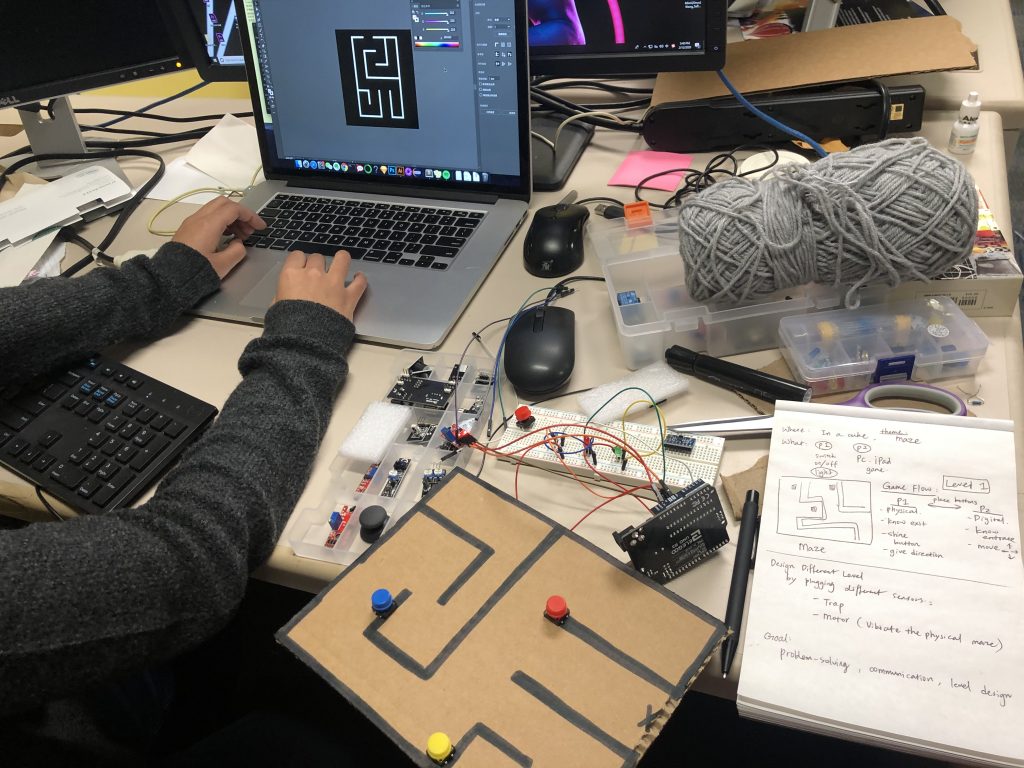
Max, Yifan, and Mia worked on using Arduinos as inputs to move an avatar. They tested the motor input. With a fan attachment, their goal was to have playtesters blow on the fan in order to turn the motor and generate “Wind” in a digital space that would move the avatar up. The avatar would move sideways by shining light on a light sensor. The light sensor interaction was indicated with a light turning on in the direction the avatar needed to move. The wind was illustrated with particles that flowed up when the fan was turned.
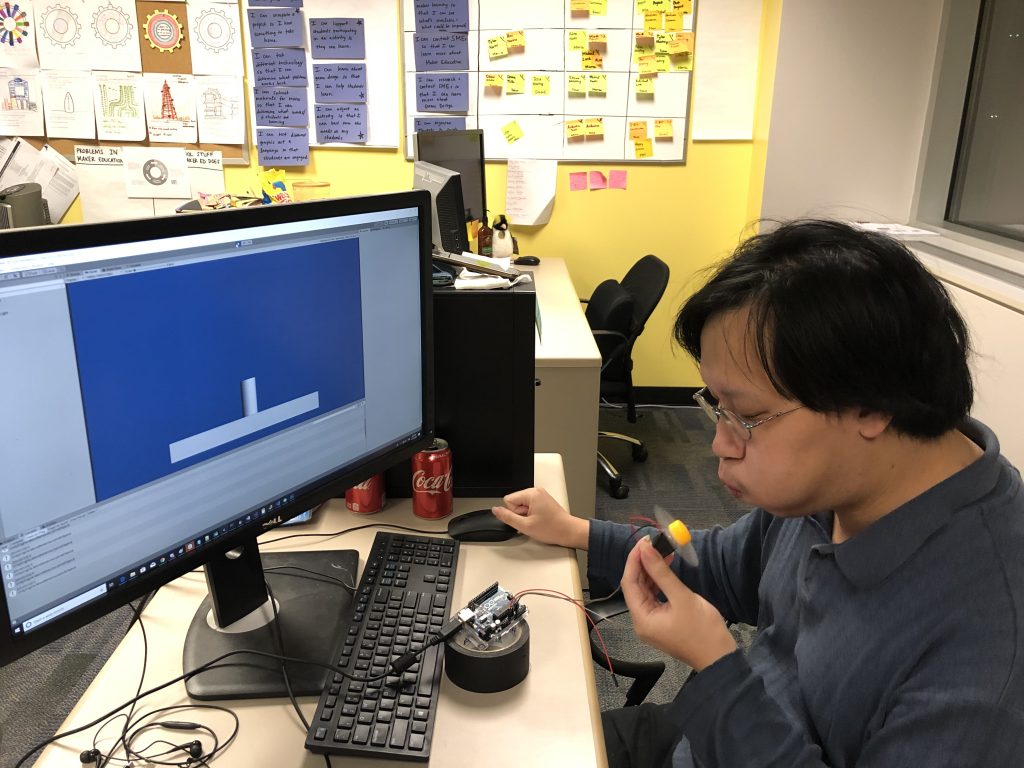
Marissa built out the physical block interaction with the intent of considering it as an introductory activity. From our meeting at Assemble we learned the importance of including an introductory activity to help on-board students and break the ice. The blocks also supported our goal of giving students a “takeaway” from the activity. (An idea that was brought up multiple times in Quarters.) Furthermore, taking a 2D shape and folding it into a flat object encourages making, helps students understand spatial reasoning, and presents opportunities for students to personalize what they created. We also hoped the blocks could be used in the later interactions.
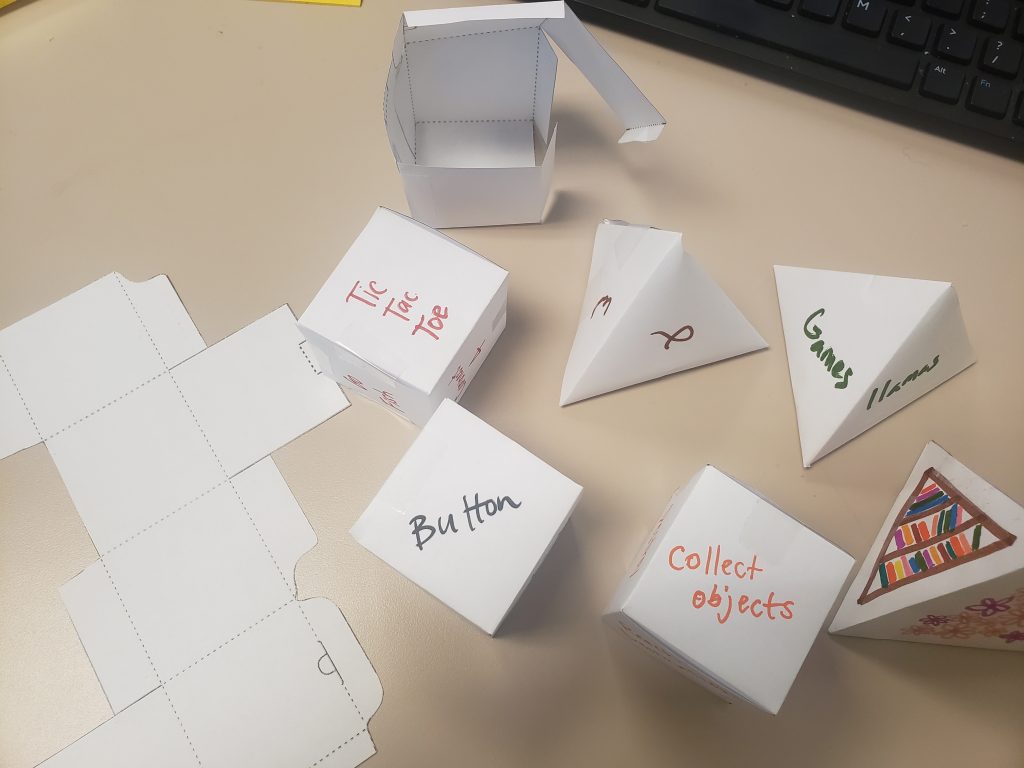
We spent the next two days meeting with our smaller teams, playtesting what we created with friends, and iterating on our concepts. We also researched more interactions we might want to replicate and additional art styles. We also reached out to the Assemble Makerspace in Pittsburgh to see about playtesting with their Grades 3-5 Afterschool Program. After experimenting with the Arduinos and sensors, testing ideas, and writing our own curriculum, we were ready to present our findings to our faculty.
Thursday we shared our prototypes with our faculty advisers. They brainstormed a game about Llamas and sunscreen using the Brainstorm Blocks, Dave navigated Scott through the maze using the lights, and Dave managed to turn the fan fast enough to move the avatar upwards through the space. We had them play through each prototype and then evaluate the prototypes with a short survey. We asked them to score each prototype on a scale of 1-5 (one being better, 5 being worse) in five different categories. The five categories we had them evaluate were Personal Engagement, Fun, Ease of Access, Likelihood to Play Again, and Likelihood to Collaborate. The only consistent feedback on the surveys was that the blocks were considered the best for “Ease of Access” and the Maze interaction was voted the one with the greatest “Likelihood to Collaborate”. They were not crazy about blowing on the fan as an input mechanic– both because it proved more demanding than anticipated but also out of concern for students’ ability to successfully turn the fan.
Based on our Faculty feedback, we decided to try to combine the most successful elements from each prototype into a single experience. We treated the Block Brainstorming as the introductory activity. We incorporated the Arduino Fan and Joystick inputs into the maze interaction. Instead of using the keyboard to move the avatar, players would use the joystick and fan. We settled on a submarine theme– particularly because of the fan input. We liked the idea of the fan being akin to a propeller that players spin to propel the sub. With the motor/fan moving the submarine forward, we included a current in the water that pushed the sub back to enable backwards movements. The joystick was used to move the submarine up and down. Yifan, Isabel, and Mia worked on developing the art style for our game. We spent the remainder of the week and the weekend preparing the new prototype for a faculty playtest on Monday and a playtest at the Assemble Makerspace on Wednesday.
This week we met with Jesse to discuss our project. Jesse reinforced that working in groups and our pursuit of collaboration was a good direction because it could make the interaction more fun. He highly encouraged us to narrow our focus to an individual element- like a game controller. Jesse recommended looking at Thames and Kosmos Code Gamer product as well as Bloxcels.
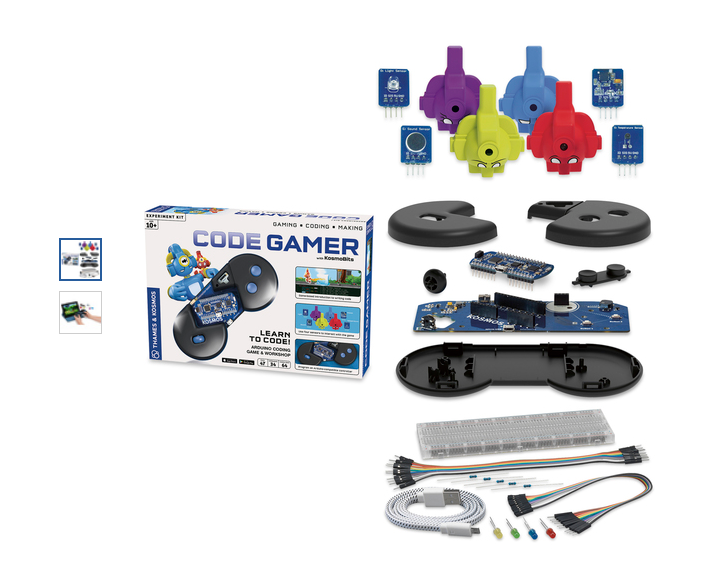
Week 5 also included meetings with 3 Subject Matter Experts and our first Meeting with Michael Lusk from the Two Bit Circus Foundation to establish our partnership with the Two Bit Circus Foundation.
Monday morning Marissa and Isabel met with Tyler Samstag: the Director of Instructional Innovation at the Allegheny Intermediate Unit or AIU.
- Tyler emphasized the importance of having making be meaningful and relying on the making process for problem-solving, instead of making something just for the sake of making. He cited the capstone project at Newcastle where the project needs direct the making process as a good example of meaningful making
- He also highlighted the small, but growing presence of making at an elementary level and commented that he would like to see an increase in making at a middle school level. (High schools have successfully encouraged making before it was “maker” with classes like shop.)
- He also shared how “maker” tends to be isolated in schools as a separate class and an activity that could easily apply maker with subject matter content could be a good way to use maker to reinforce understanding of a subject.
- He encouraged us to look at IDEO, Zulama, and to consider games for a younger audience as a way to lower barriers of accessibility for our experience
Monday night we met with Michael Lee. Michael Lee is an ETC alum and was on the team at Schell Games that produced Happy Atoms. (https://www.happyatoms.com/) As a team we liked the mechanics and interactions of Happy Atoms, so we reached out to Michael to learn more about the development process.
- Michael informed us that one of the primary electronic devices students would be using in school are Chromebooks
- He encouraged us to look for open sources solutions if we wanted to incorporate color or shape recognition since it can take a long time to develop an effective tool.
- He shared that the bulk of the physical atom adjustments were made based on the camera. They followed what worked best with the camera which resulted in including the white bag for a backdrop
- He encouraged us to try to pick one thing to teach and build and design around this idea
- Michael also encouraged us to look at Earth Primer and Nintendo Labo
Thursday Marissa met with Stone Librande, the Game Design professor at the ETC’s Silicon Valley Campus. Stone also actively works in the game industry. We watched his GDC Talk “Designing Games for Game Designers” during Camp STEAMineer.
- Stone shared a lot of wonderful tips to help us with our game design approach– especially because no one on our team is a game designer.
- He suggested looking at the URF Academy Curriculum from Riot Games as a starting point: https://www.riotgames.com/en/urf-academy/the-curriculum The program involves starting with learning exercises to teach different skills that are then applied to developing a game later in the experience. The activities focus on goals, decisions, and obstacles.
- Stone also encouraged us to approach our game Design from three angles: Emotions, Verbs/Actions, and Nouns. As a team we could facilitate an activity where students list different emotions they would want to feel in the game, pick an emotion and then list different action verbs based on the emotion. The emotion and actions can be used to determine the theme. Nouns can be listed to determine what will be in the game.
- Stone also encouraged having someone who teaches Arduinos teach the team the way they would teach the material so we can better learn how to explain the information
- Stone also shared a resource he developed for an activity called “Dice Monster”. Dice Monster uses blocks with different attacks on each side and players roll the blocks to battle. (Similar to a Rock, Paper, Scissors Mechanic)
- He emphasized the importance of making sure the students are iterating and making things and not just talking about what they’re going to make– when facilitating it is important to ask what the students have done and encourage them to keep acting
Thursday was also the day we met with Michael Lusk at the Two Bit Circus Foundation. We scheduled a meeting with Michael based on a recommendation from Two Bit Circus Foundation’s Director, Dr. Leah Hanes. Michael is the Manager of Learning and Engagement at the Two Bit Circus Foundation.
- Michael reiterated the benefits of Scratch and Arduino supporting open-ended creation, developing student skillsets, and working as an opportunity to achieve our project goals. He has a lot of experience using Arduino in the classroom and it tends to be successful with older audiences because the breadth of interdisciplinary vocabulary required to
- He shared that our evaluation of the activity could include project comprehension, feelings toward the material, and confidence in the material.
- He reminded us of the importance of taking the Two Bit Circus Foundation Approach and being student centered instead of teacher centered. However, a good way to communicate with facilitators and educators is to emphasize the fact that we are an experimental project and we want feedback. Also, the materials should be simple to make it easier on facilitators
- He highlighted that a way educators can strike a balance between encouraging student agency and providing constraints is by creating an atmosphere of trust where students are not afraid of failing. This results from a solid relationship between students and facilitators
We concluded the meeting with a conversation about what a partnership with the Two Bit Circus Foundation might look like. After spending a fair amount of time researching their content and appreciating their ability to support open-ended creation and learning, we felt like they would be a good mentor for the project. Ultimately, we realized it was more important for the project to have a partner we could playtest content with. We ended up seeking out a different partner relationship to best serve the needs of the project.
Stay tuned as Team STEAMineer seeks out a new partner, while continuing to develop interactive content in preparation for our first playtest with our audience in Week 6.
